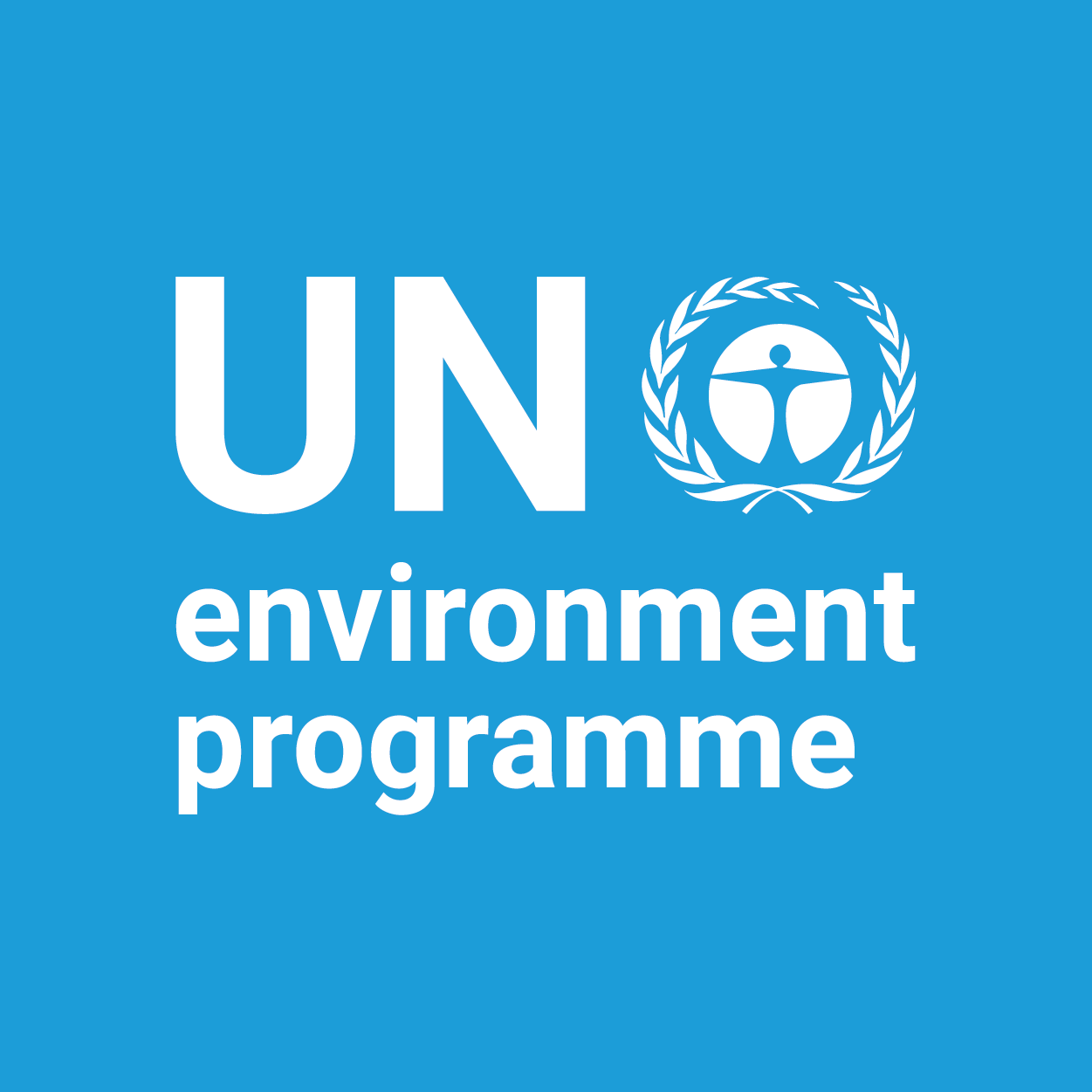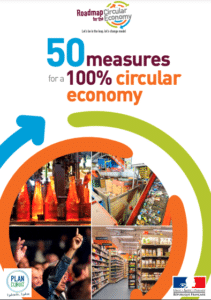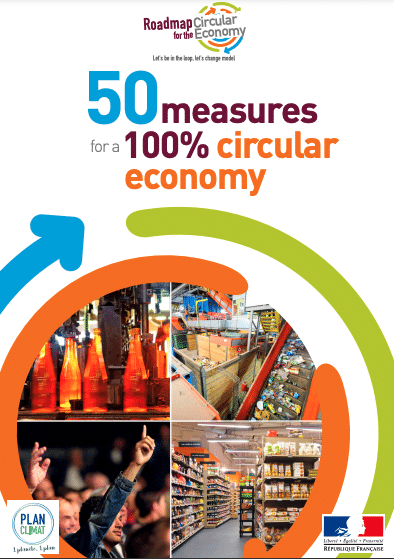France | Europe | Product Policy

Key Takeaways
-
In recent years France has introduced coherent product policies that support the move towards sustainable consumption and production (SCP) and the circular economy. The French approach is characterized by high-level political leadership, legal frameworks as well as inter-ministerial responsibility for achieving set objectives.
-
The Roadmap for the Circular Economy and the Anti-Waste and Circular Economy (AGEC) law are designed to be overarching and cross sectoral leading to circular practices from production, through the behavior of consumers to waste management, reuse and recycling. In addition to measures for specific products, such as banning a number of plastic items and changing the way electronics and phones are designed and disposed, the law seeks overarching changes towards circularity. It also represents an all-embracing legal base aiming at aligning any future legal acts to its principles.
-
By using legal acts and imposing a shift towards circular public procurement the French government has demonstrated a strong commitment to move towards a more sustainable SCP model and sends a strong signal to the business sector and consumers that circularity will be introduced at all levels.
-
The Roadmap development and the implementation of the AGEC law is the joint responsibility of the Ministry for the Ecological Transition and the Ministry of the Economy, Finance and the Recovery. The strong coordination between these two key ministries enhances the coherence and impact of the law, ensuring that it will significantly influence the economic growth path of the country.
Roadmap for the Circular Economy and the Anti-Waste and Circular Economy (AGEC) Law
Background
Since 2003 France has introduced a series of sustainable development strategies that relate to sustainable production and consumption. The latest was the sustainable development strategy of 2015-2018 which was accompanied by the 2015 Law for Energy Transition and Green Growth.
The introduction of this new law marked an important step in France’s transition to SCP and the circular economy as this was the first time that a sustainable development strategy was supported by a law with quantitative targets.
The Law for Energy Transition and Green Growth was introduced in the lead up to the Paris Agreement of December 2015. Timed at this strategic moment, the new law sent a strong signal of France’s commitment to take a leading role in mitigating climate change and transitioning to the circular economy. At the same time the European Union was preparing the publication of the first EU Action Plan for the Circular Economy, involving a strong support and engagement from France.
Public Consultation for developing a Roadmap for the Circular Economy
One of the objectives of the 2015 Law for Energy Transition and Green Growth was the development of a Roadmap for the Circular Economy[1] which included extensive stakeholder engagement in 2017 and 2018 (see Figure 1 – to be discussed whether we reinsert it).
Around 200 participants from affected sectors (businesses, associations, communities and experts) met five times and worked together in 20 workshops divided into four specific subject areas (territories, plastics, sustainable consumption and production and economic instruments) over a period of seven months from October 2017 until April 2018. In parallel, an online platform was open for a public consultation that collected 1,800 contributions and 16,000 votes on proposals which fed into the workshops.
Objectives of the Roadmap for the Circular Economy
Following the extensive public consultations an action plan for the Roadmap was adopted by the French government in April 2018. The plan includes 50 objectives for the transition from a linear production model (“produce – consume – discard”) to a circular model that integrates the full lifecycle of products from their design stage down to waste management. The roadmap also sets targets in a number of other areas and some of the objectives have been formalized through legislative acts.
Implementation of the Roadmap – The Anti-Waste and Circular Economy (AGEC) Law
The most important legal instrument emanating from the roadmap is the Law against waste and for a circular economy (AGEC law).[3] The law is the key implementation tool of the roadmap and follows closely its measures, formalizing many of them into law and clarifying the specific tools to be used for their implementation. In total the law has 98 specific legal obligations with timetables as well as specific instruments and processes to be put in place.
The AGEC law responds directly to the roadmap proposals, defining the combination of obligations, fiscal incentives and penalties for each of the roadmap’s objectives. The list below summarises the actions the AGEC law introduces and the date of entry into force (where there is no date the entry into force is immediate).
The AGEC law states that France should completely phase out single use plastic for packaging by 2040. On plastic alone, it has been estimated that improved recycling can lead to an annual reduction of 8 million tons of CO2 equivalent. Other objectives cover product design and repairability, enhanced consumer information and the introduction of Extended Producer Responsibility (EPRs).
Specific long-term targets are divided into intermediary targets, which will be monitored to ensure France’s progress towards achieving its sustainable consumption and production objectives.
Overall, the roadmap combined with the AGEC law create a solid building block to a SCP approach, as many of the measures, such as EPR, the phase out of specific plastics and the use of penalties and incentives, specifically aim to mainstream circular practices.
Financing
In order to provide financial backing to the AGEC law, there will be a number of financial allocations, some financed by the EPR schemes and industry contributions. Moreover, a number of financial instruments will be deployed to support businesses, for example through the Agency for the ecologic transition (ADEME) for investments in small and medium enterprises and also special financing from government programmes, such as “Investment for the future”.
Specific measures proposed by the Roadmap for the Circular Economy and the AGEC law
Measures to extend the lifetime of products and reduce their environmental impacts:
The measures impose obligations to producers to provide better information and improve the repairability and durability of their products. The law also enhances the legal protection of consumers.
Key instruments:
- Mandatory repairability score on consumer electric and electronic products (starting with washing machines, laptops, smartphones and lawn mowers in Jan. 2021)
- Extension of the minimum legal guarantee of conformity by 6 months when a product is repaired instead of replaced by a new one (Jan. 2022)
- Compulsory plastic microfiber filters in washing machines (Jan. 2025)
Better consumer information:
The law aims to simplify the information available to consumers to encourage a change in behaviour.
Key instruments:
- A single logo on products and single recycling rules; clearer explanations on the rules for recycling; single colour codes across the whole country for recycling bins (by 31 Dec. 2022).
- Information of products that contain endocrine disruptors in a format that can be used in information platforms. (1 Jan. 2022).
- Provision of information to consumers on their CO2 emissions linked to their data use (1 Jan. 2022).
- Consumer product environmental labelling starting with a pilot phase (immediate start for food products and textiles).
Measures against waste generation and for the reuse of products with social objectives:
These measures focus on the end of life stages. They aim to increase the recycling and revalorisation levels of waste in the local communities and the elimination of business practices which discard unsold products. Another target is to reduce food waste by 50% by 2025 for distribution sectors and restaurants, other sectors such as the food industry.
Key instruments:
- France is the first country to introduce a legal ban to the destruction of unsold products; these will have to either be donated to social NGOs or be recycled, starting at latest 31 Dec. 2021 for products under EPR and 31 Dec. 2023 for other product categories.
- Create a fund to promote reuse and support the organisations involved in this area, such as recycling centres and social NGOs.
- Make the sale of medications by unit possible (1 Jan. 2022).
- Eliminate the automatic generation of printed paper receipts at the check-out and the cash machine (1 Jan. 2023).
- The public sector has to lead by example such as by using public procurement as a driver, introducing circular economy criteria in public purchases, introducing circular economy practices in the public sector, as well as giving assets that are no longer in use and are in good condition to associations or communities.
Measures to eliminate single use plastic products:
The elimination of single use plastic products is a key objective of the strategy and the law due to the popular demand in this area and the scale of plastic pollution. The goal is to have zero disposable plastic by 2040, through gradually banning categories of single-use plastic and 100% plastic recycling by 2025.
The use of plastic cups for specific use and certain categories of disposable dishes have already been banned. Other categories of single use plastics will be added from 2021 onwards, such as expanded polystyrene and plastic confetti. Supermarkets have to offer the recovery of packaging from sold products.
Key instruments:
- Eliminate the use of plastics and disposable cutlery where possible, e.g. banning their use in fast food restaurants. Banning the use of plastic bottles in the public sector and requiring access to water fountains in public places (1 Jan. 2022).
- Consumers can bring their own reusable bags to any shop (1 Jan. 2021).
- Plastic tea bags and plastic toys in children’s menus will be banned as well as plastic bottles in restaurants and bars (1 Jan. 2022).
- All fast food disposable packaging will be banned from 2023 as well as plastic protection for press publications and publicity.
Measures to act against planned obsolescence:
These measures aim to combat planned obsolescence practices and encourage the reparability and reuse of products.
The use of plastic cups for specific use and certain categories of disposable dishes have already been banned. Other categories of single use plastics will be added from 2021 onwards, such as expanded polystyrene and plastic confetti. Supermarkets have to offer the recovery of packaging from sold products.
Key instruments:
- Facilitate the repair of products and the availability of spare parts. Consumers will be informed about the availability of spare parts.
- Sellers will have to be able to provide those spare parts within a specific time frame (1 Jan. 2021).
- Create a repairability index on electric and electronic products (1 Jan. 2021) and seek to create a durability index (1 Jan. 2024).
- Provide information on how long new digital products (such as smartphones and tablets) can normally function while undergoing software updates (1 Jan. 2021).
Measures to improve production practices:
The AGEC law creates new extended producer responsibility (EPR) schemes to ensure the costs of the end of life are born by the producers.
Key instruments:
- 11 new product categories will be covered by an EPR scheme 2021-2022 including tobacco products, toys, building construction products and cars.
- Existing EPR schemes will be reformed to align with the objectives of this law (notably reinforcement of waste prevention through more eco-design and increased repair and reuse).
- All sectors under EPR schemes have to produce five-year plans on eco-design.
- Reinforcing the sorting, reuse and recovery of building sector materials (1 Jan. 2022)
- Introduction of a bonus malus system for products in relation to their environmental performance
- Financial benefits for products with environmental qualities, such as incorporation of recycled elements, use of renewable resources, reuse possibilities, recyclability, the absence of dangerous products, etc.
- Products that are environmentally better will get a reward, conversely if polluting, a penalty. This information has to be visible to the consumer.


